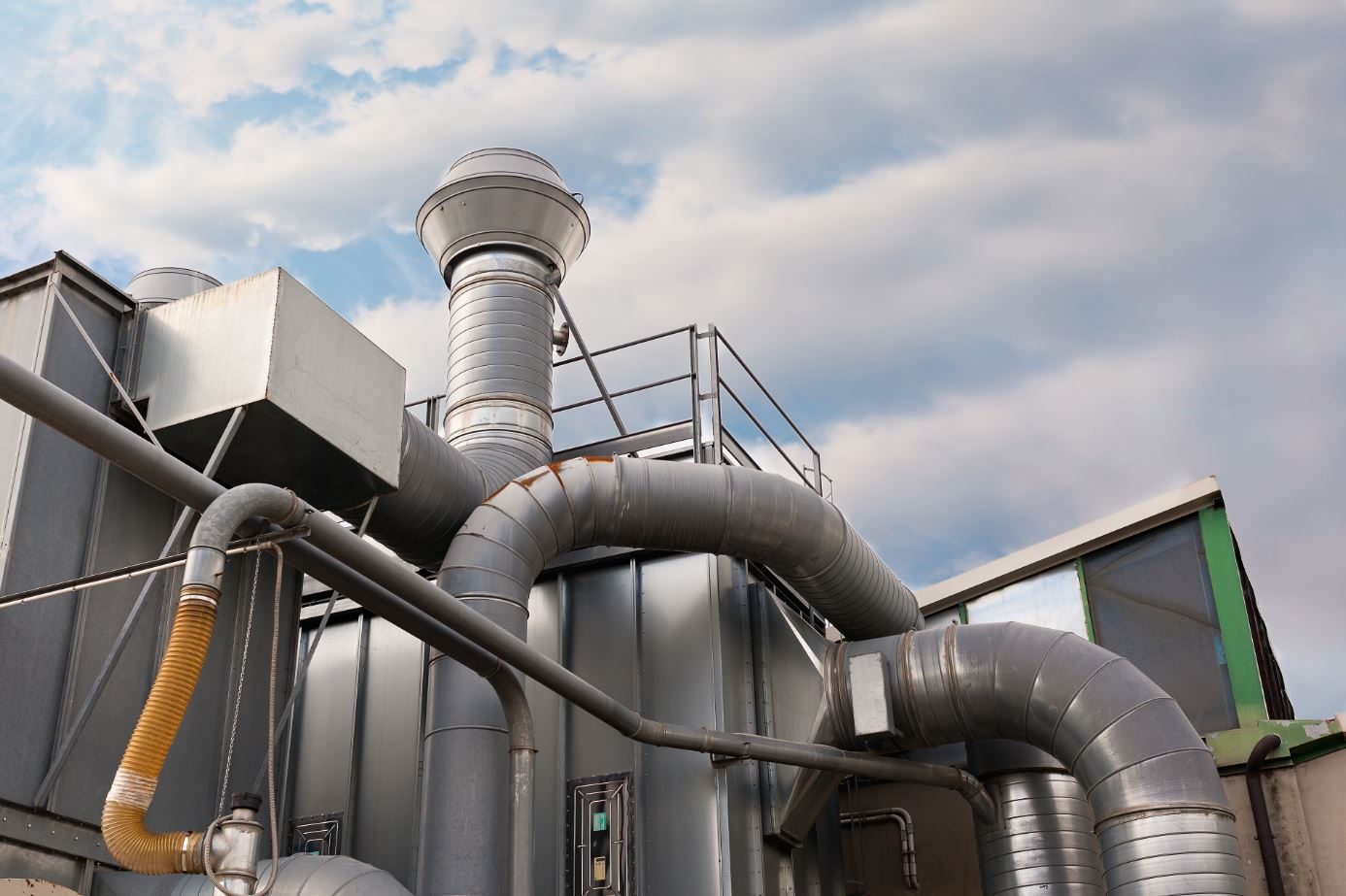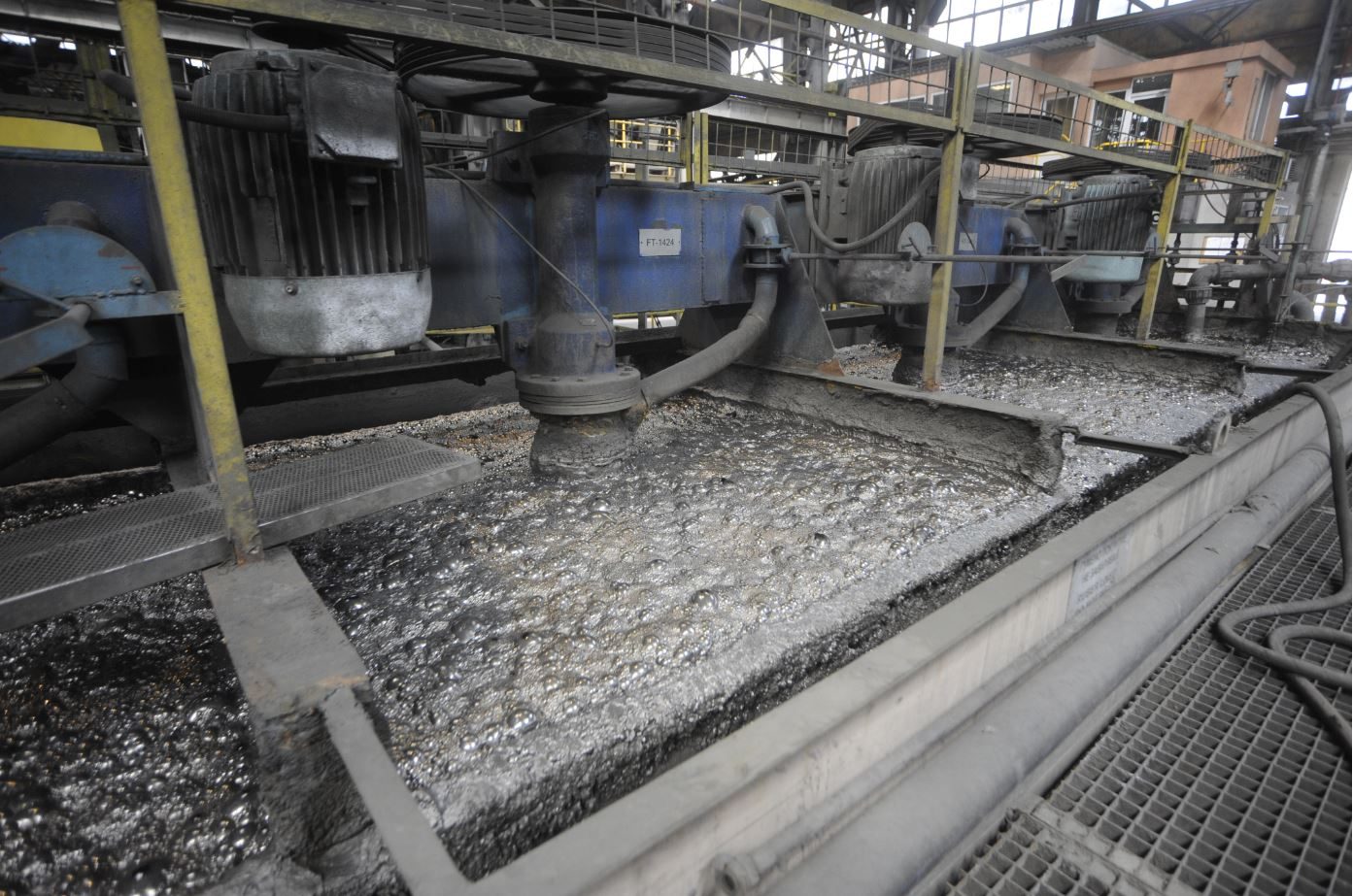Activated Carbon
What is Activated Carbon?
Activated carbon is a char produced from organic materials such as wood, coal and coconut shells. The char is then ‘activated’ in a high temperature environment which enables the carbon to open up existing as well as create additional pores in the carbon surface that increase its surface area. Due to its microporosity, activated carbon is used in a number of industrial and mining applications.
Activated carbon comes in different grades and is sold in a number of physical forms. You can purchase activated carbon in powdered, granular (referred to as GAC) or pelletised form. However, due to the small and granular size of powdered activated carbon, it cannot be regenerated and therefore is a single use product.
How is Activated Carbon Used?
Water Treatment
Activated carbon is used as a filter medium during the water treatment process. Due to the high porosity of activated carbon, it is used to adsorb both organic and inorganic foulants that are found in the raw water. Activated carbon certainly does most of the heavy lifting within the water treatment process.


Air Filtration
Activated carbon is again used as a filter medium during air filtration. The micropores of the activated carbon can trap larger molecules like dust and pollen, but it also captures smaller molecules such as odorous gases. When the air is pushed (or pulled) through a bed of activated carbon, the main foulants found in that air stream are captured and allow just the filtered or clean air, to pass through to the final destination.
Due to the organic nature of the foulants being captured in air filtration systems, all forms of activated carbon (other than powdered) can be cleaned through a process known as carbon reactivation and reused. This reduces waste and overall running costs of large air filtration systems.
Gold Recovery
Activated carbon is the critical element used in the collection of gold during the gold recovery process on gold mines.
Most gold mines use a carbon in leach (CIL) circuit where the gold ore is added to a cyanide rich solution. Activated carbon (usually very hard granular activated carbon made from coconut shells) is added to this solution where the gold has leached and will then be adsorbed into the pores of the activated carbon. The carbon with the adsorbed gold then goes through a number of other processes where the carbon releases the gold and is then considered ‘spent’ or inactive carbon.
Due to the high cost of activated carbon, it is not economical to just use the product once. In most processes where activated carbon is used, the compounds that are absorbed by the carbon are organic in nature and therefore can be cleansed from the carbon quite simply through putting the spent carbon through a ‘carbon regeneration’ or ‘carbon reactivation’ process. Most gold mines do this through the use of one or more rotary kilns.

